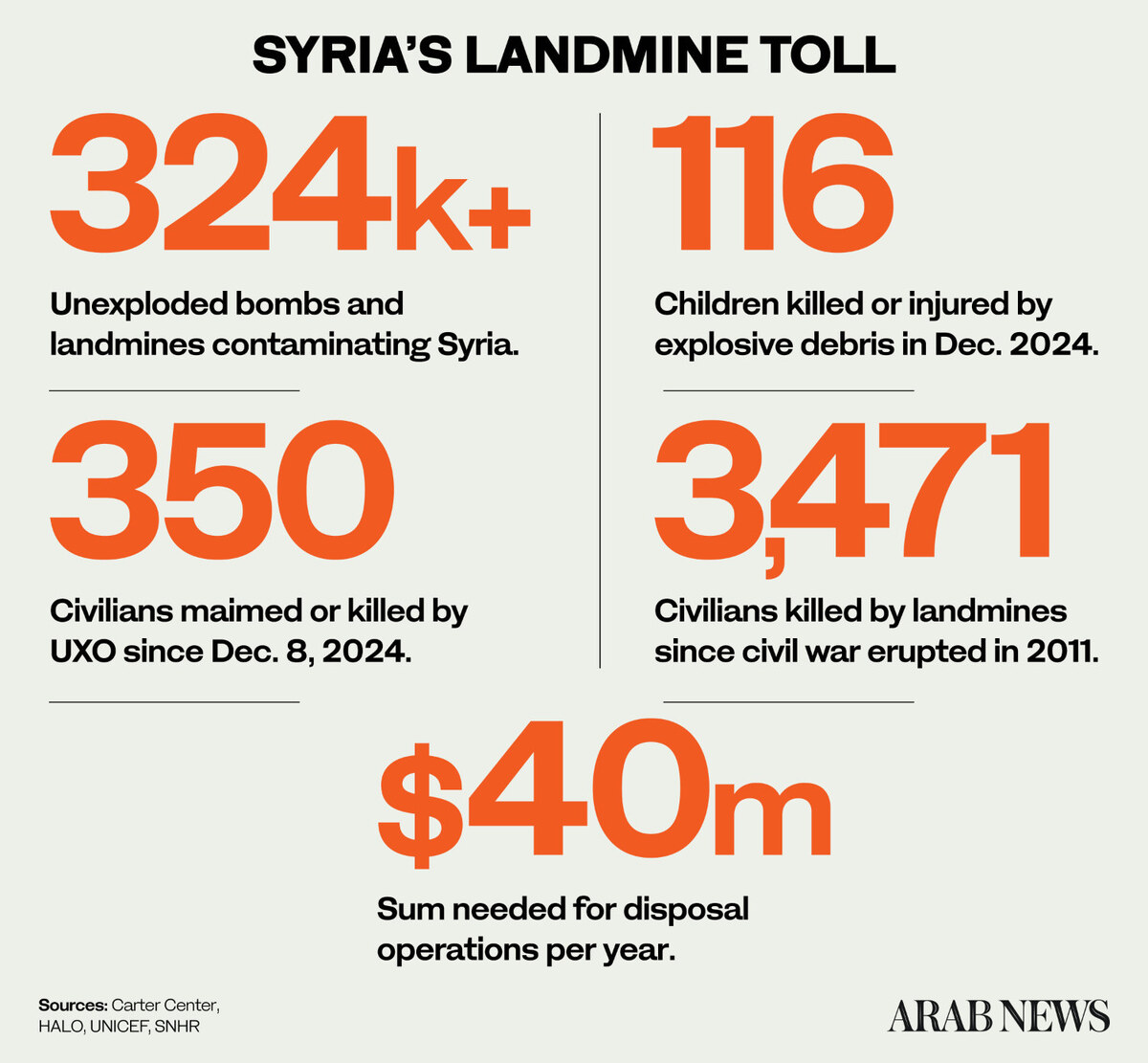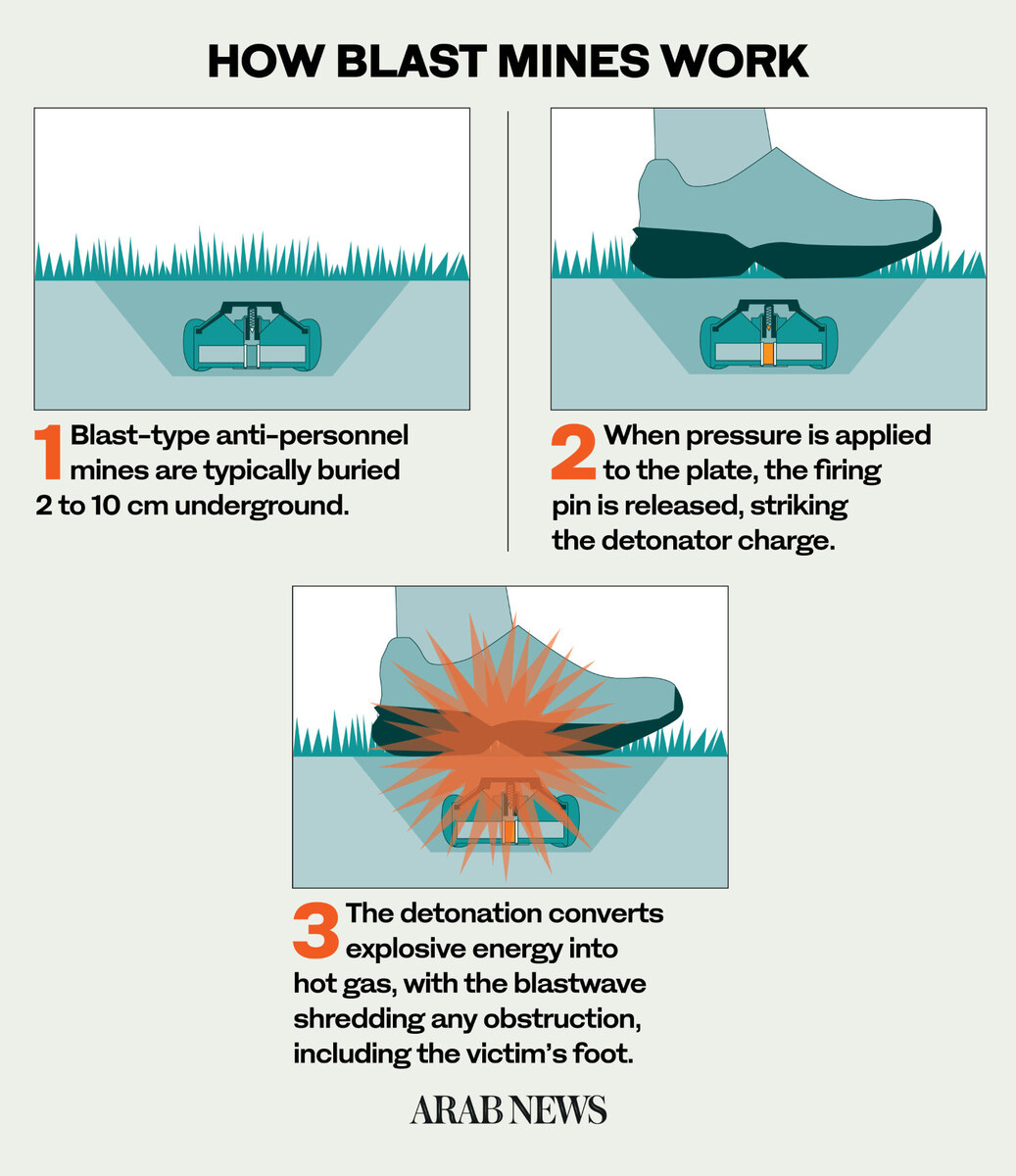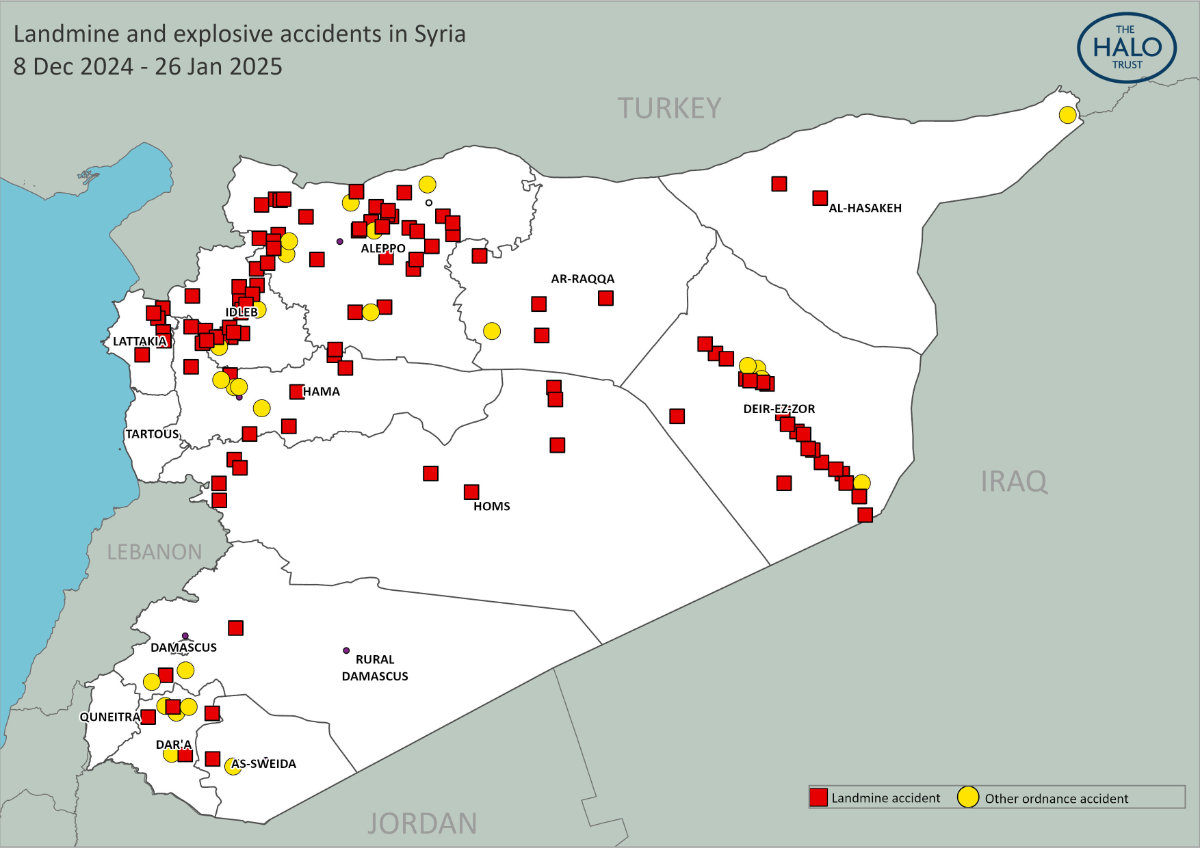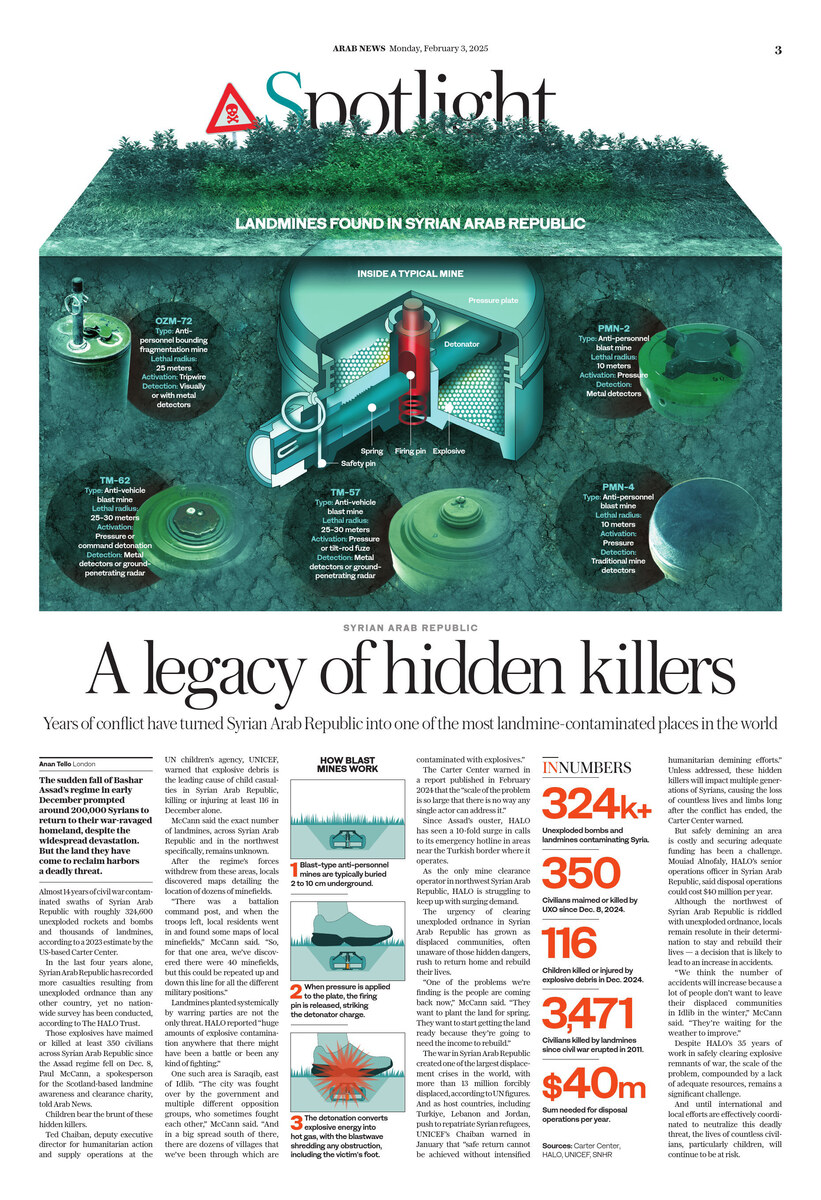Beirut: Israel said it pounded Lebanon’s Hezbollah, just hours after the group’s leader vowed retribution for deadly explosions that targeted its communication devices, killing 37 people and wounding thousands.
The Iran-backed Hezbollah blamed Israel for the explosion of thousands of its operatives’ pagers and radios in attacks that spanned two days this week. Israel has yet to comment on the attacks.
Speaking for the first time since the deadly device sabotage, Hezbollah leader Hassan Nasrallah vowed on Thursday that Israel would face retribution.
Describing the attacks as a “massacre” and a possible “act of war,” Nasrallah said Israel would face “just punishment, where it expects it and where it does not.”
As he delivered his address, Israeli fighter jets roared over Beirut, their sonic booms shaking buildings and sending residents scrambling for cover.
Hours later, Israel’s military said its jets hit “approximately 100 launchers and additional terrorist infrastructure sites, consisting of approximately 1,000 barrels” set to be fired immediately.
Lebanon’s state-run National News Agency said Israel struck the south at least 52 times. It was one of the heaviest Israeli bombardments of south Lebanon since the border exchanges erupted last October.
Hezbollah meanwhile said it launched at least 17 attacks on military sites in northern Israel.
The device blasts and Thursday’s barrage of air strikes came after Israel announced it was shifting its war objectives to its northern border with Lebanon where it has been trading fire with Hezbollah.
For nearly a year, Israel’s firepower has been focused on Palestinian militant group Hamas in Gaza, but its troops have also been engaged in near-daily exchanges with Hezbollah militants.
International mediators have repeatedly tried to avert a full-blown war between Israel and Hezbollah and staunch the regional fallout of the war in Gaza, started by Hamas’s October 7 attack on Israel.
Hezbollah maintains its fight is in support of Hamas, and Nasrallah vowed the attacks on Israel will continue as long as the war in Gaza lasts.
The cross-border exchanges of fire have killed hundreds in Lebanon, most of them fighters, and dozens in Israel, including soldiers. Tens of thousands of people on both sides of the border have been forced to flee their homes.
Speaking to Israeli troops on Wednesday, Israeli Defense Minister Yoav Gallant said: “Hezbollah will pay an increasing price” as Israel tries to “ensure the safe return” of its citizens to areas near the border.
“We are at the start of a new phase in the war,” he said.
Foreign Minister Abdallah Bou Habib said the “blatant assault on Lebanon’s sovereignty and security” was a dangerous development that could “signal a wider war.”
Speaking ahead of a UN Security Council meeting on the attacks set for Friday, he said Lebanon had filed a complaint against “Israel’s cyber-terrorist aggression that amounts to a war crime.”
Iran’s Revolutionary Guards said Israel faces “a crushing response from the resistance front” after the blasts, which wounded Tehran’s ambassador in Beirut.
US Secretary of State Antony Blinken, who has been scrambling to salvage efforts for a Gaza ceasefire and hostage release deal, called for restraint by all sides.
“We don’t want to see any escalatory actions by any party” that would endanger the goal of a ceasefire in Gaza, he said as he joined European foreign ministers in Paris to discuss the widening crisis.
Press Secretary Karine Jean-Pierre said President Joe Biden still believes a diplomatic solution between Israel and Hezbollah is “achievable.”
Palestinian president Mahmud Abbas, in Madrid, called for a new peace conference aimed at ending the Israeli-Palestinian conflict.
Hamas’s October 7 attacks that sparked the Gaza war resulted in the deaths of 1,205 people, mostly civilians, on the Israeli side, according to an AFP tally based on Israeli official figures that include hostages killed in captivity.
Out of 251 hostages seized by militants, 97 are still held in Gaza, including 33 the Israeli military says are dead.
Israel’s retaliatory military offensive has killed at least 41,272 people in Gaza, most of them civilians, according to figures provided by the Hamas-run territory’s health ministry. The United Nations has acknowledged the figures as reliable.
In the latest Gaza violence, the territory’s civil defense agency said an air strike on a house in Nuseirat refugee camp killed eight people. Another six people, including children, were killed in a separate strike on an apartment in Gaza city, it added.
In Lebanon, the influx of so many casualties following the blasts overwhelmed medics and triggered panic.
“What happened in the last two days is so frightening. It’s terrifying,” Lina Ismail told AFP by phone from the eastern city of Baalbek.
“I took away my daughter’s power bank and we even sleep with our mobile phones in a separate room,” she added in a trembling voice.
The preliminary findings of a Lebanese investigation found the pagers had been booby-trapped, a security official said.
The country’s mission to the United Nations concurred, saying in a letter that the probe showed “the targeted devices were professionally booby-trapped... before arriving in Lebanon, and were detonated by sending emails to the devices.”
A source close to Hezbollah, asking not to be identified, said the pagers were recently imported and appeared to have been “sabotaged at source.”
The New York Times reported Wednesday that the pagers that exploded were produced by the Hungary-based BAC Consulting on behalf of Taiwanese manufacturer Gold Apollo. It cited intelligence officers as saying BAC was part of an Israeli front.
A government spokesman in Budapest said the company was “a trading intermediary, with no manufacturing or operational site in Hungary.”
Israel pounds Lebanon’s Hezbollah sites
https://arab.news/puwh2
Israel pounds Lebanon’s Hezbollah sites

- Israeli fighter jets roared over Beirut, their sonic booms shaking buildings and sending residents scrambling for cover
- Israel’s military said its jets hit “approximately 100 launchers and additional terrorist infrastructure sites

































